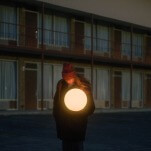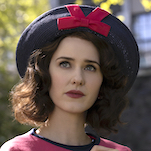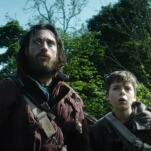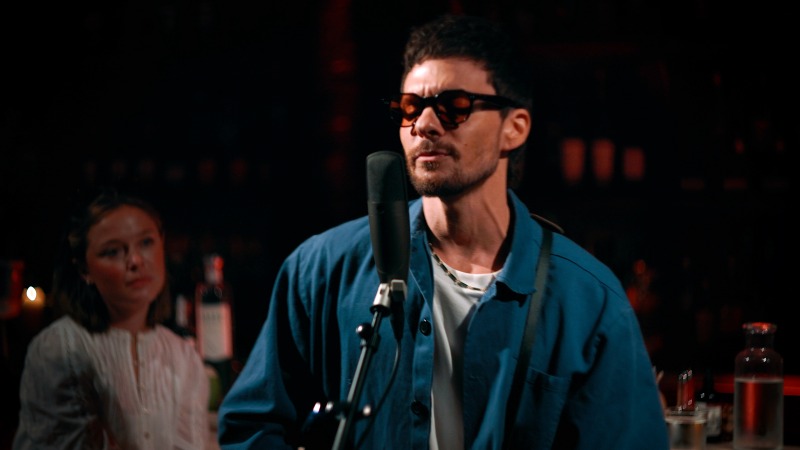John Green and the Difficulty of Capturing the Teenage Mindset on Screen
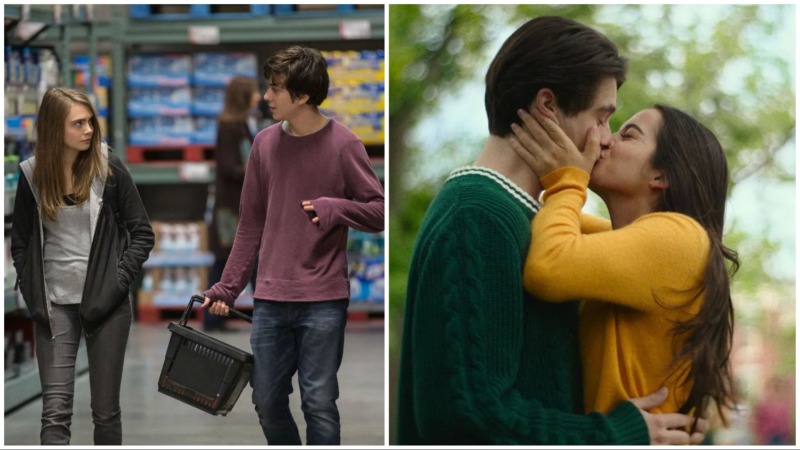
There’s a certain tone that characterizes a John Green novel: wry, sarcastic, a bit humorous, but ultimately landing on sincere. Of his five solo novels, four have been adapted for the screen. But these adaptations too often lack the punch of their source material.
Take Paper Towns, John Green’s second novel, and in many ways, an echo of his first, Looking for Alaska. Both feature a nerdy teenage boy pining after a knowing, slightly wild, and unpredictable teenage girl who turns out to be more complicated than she initially lets on. Both alternate between fun, lighthearted coming-of-age hijinks and something much more somber. In Looking for Alaska, the turning point is Alaska’s death in a car crash—perhaps an accident, perhaps not. In Paper Towns, the turning point comes much later, when main character Quentin, after hundreds of pages of searching, finally finds Margo, the manic pixie dream girl of his imagination. She’s living alone out of a decaying barn, more sad than mysterious. The novel then delivers its most essential line: “What a treacherous thing it is to believe that a person is more than a person.”
In the film version of Paper Towns, which is nearing its 10 year anniversary in June, Quentin doesn’t find Margo in the barn. Instead, he sees her glide past the window of a convenience store before chasing her down. Their exchange is sparse and full of longing glances. It shares some similarities to the book equivalent, but barely, stripped of thematic richness and complexity. In the book, Margo and Quentin have things to say to each other. In the movie, they mostly just stare at each other awkwardly. The flatness of its supposed climactic moment embodies many of the shortcomings of the film as a whole: Most of the characters are shadows of who they were on the page, the dialogue is clunky and awkward, and the story lacks confidence.
One explanation is that the movie is just bad. But the gap between the book and the movie suggests a more fundamental problem with translating the novel to the screen. Without the internal monologue of the book, there’s no way for Quentin to make that integral realization—that Margo, for all her confidence, is lost, that she’s both more and less than the magnetic and charismatic person who lives in his imagination, that they’ve chosen different paths in life and can likely never be together in the way he wants. In the book, we understand this moment of realization not only because John Green spells it out for us but because we’ve lived in Quentin’s head for 200-plus pages. We know how deep his infatuation with Margo goes, and we know how the dream of finding her has crowded out other aspects of his life.
-

-

-

-

-

-

-

-

-

-

-

-

-

-

-

-

-

-

-

-

-

-

-

-

-

-

-

-

-

-

-

-

-

-

-

-

-

-

-

-






















